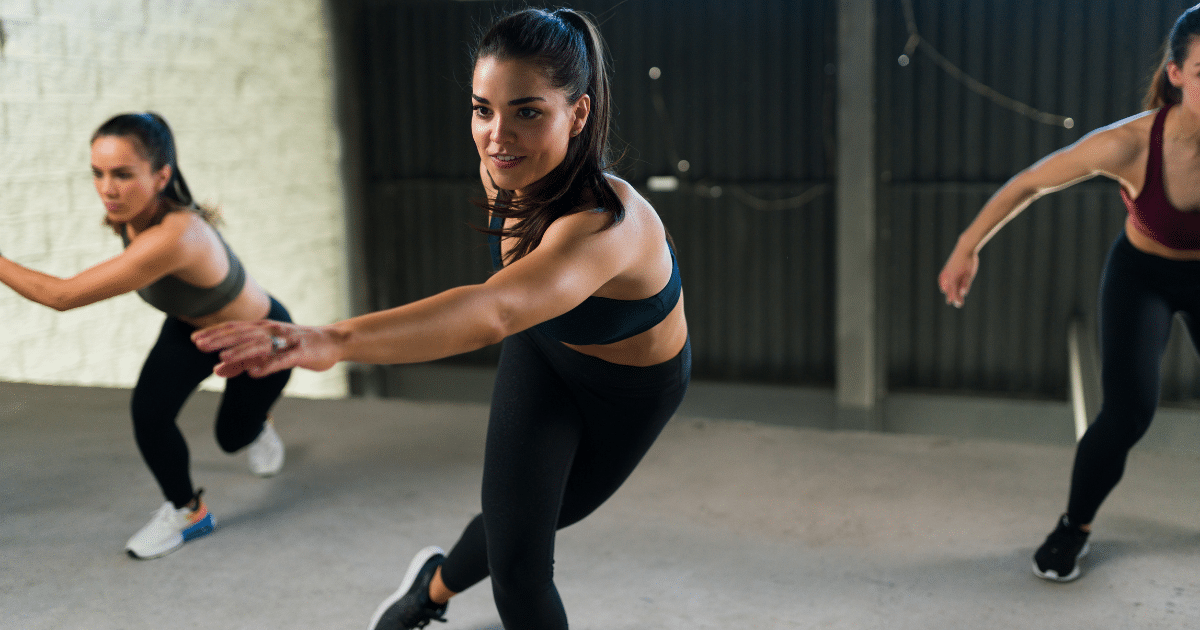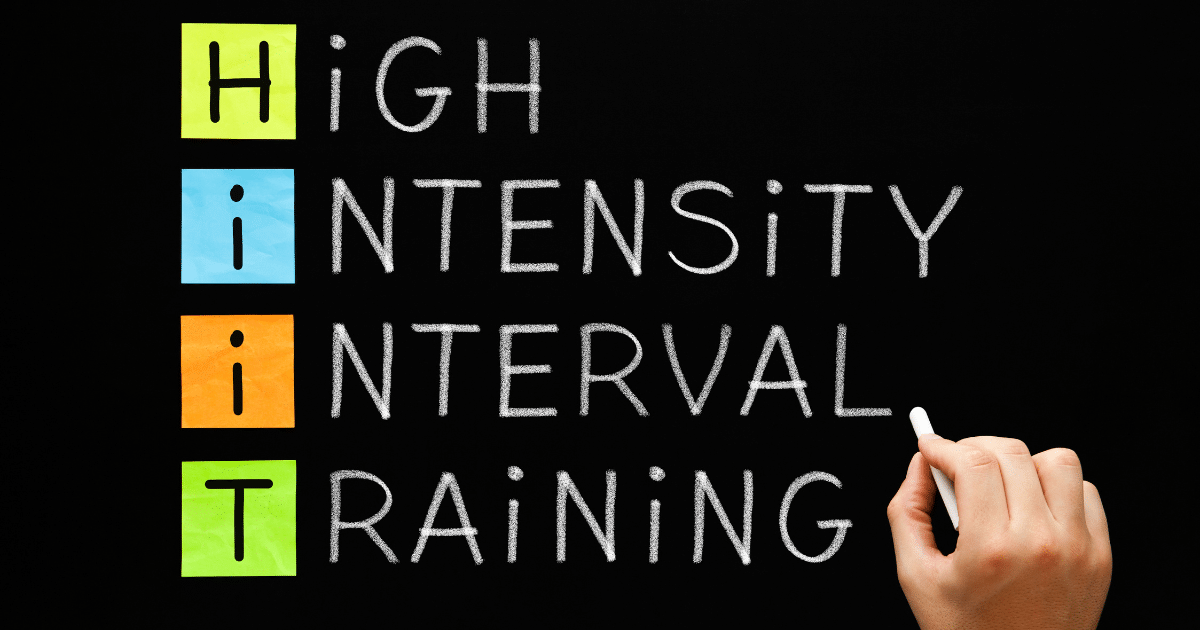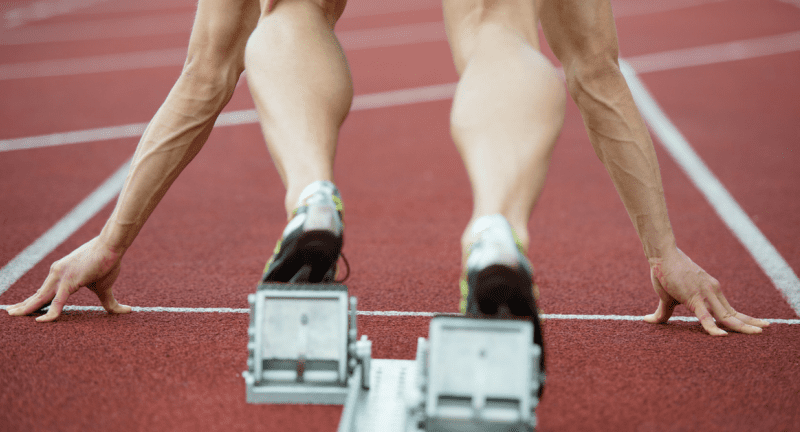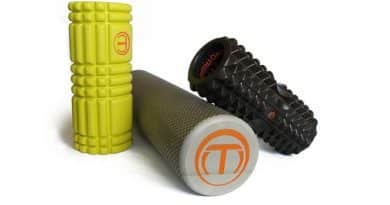9 Benefits of HIIT: Is it the King of Cardio?
I’m about to use a word that I absolutely hate, and that word is CARDIO. I may be standing alone on this one, but I’m willing to bet there are many of you out there reading this article having the exact same thought. I live an extremely hectic life between running my business and being a good husband and father. The benefits of HIIT might be appealing to you.
Every devoted second of my day I want to be consumed with those elements. That’s not to say that I don’t value my health, in fact, it’s because I make my health and fitness a priority that I am rarely ever sick, and I’m able to play with my son without needing an oxygen mask.
One way that I’m able to minimize my time in the gym and spend more time with my family is using HIIT cardio. HIIT for those who aren’t familiar is high-intensity interval training. Because we all seem to like acronyms these days, we simply say HIIT for short. But there are a ton of benefits of HIIT you need to know about.

Disclaimer: This article is for informational purposes only and is not meant to treat or diagnose any condition. It is recommended that you speak with your doctor before starting any exercise program, changing your daily nutrition, or adding any supplements to your regimen.
What is HIIT Training?
HIIT stands for High-Intensity Interval Training. It is a form of cardiovascular exercise that alternates between short, intense bursts of activity and periods of lower-intensity exercise or rest. The high-intensity intervals are typically performed at near-maximum effort and are followed by brief recovery periods.
A typical HIIT workout might involve activities like sprinting, jumping jacks, burpees, or other high-intensity exercises for a short duration (usually 20-30 seconds), followed by a brief rest or low-intensity activity for a similar or slightly longer duration. This cycle is repeated for a specific time, usually ranging from 15 to 30 minutes.
HIIT is known for its efficiency in burning calories and improving cardiovascular fitness in a shorter amount of time compared to traditional steady-state cardio exercises. It can be adapted to various fitness levels and can be done with bodyweight exercises or incorporating equipment like weights or kettlebells.
Can Anyone Do This Style of Training and See the Benefits of HIIT?

HIIT training can be adapted to different fitness levels, making it accessible to a wide range of individuals. However, it’s essential to consider one’s overall health, fitness level, and any pre-existing medical conditions before starting a HIIT program. Here are some considerations:
- Beginner Modifications: Beginners may start with shorter work intervals and longer rest periods. The intensity can be gradually increased as fitness levels improve.
- Medical Conditions: Individuals with certain health conditions, such as heart problems, joint issues, or chronic illnesses, should consult with a healthcare professional before starting HIIT. Modifications may be necessary to ensure safety.
- Age and Fitness Level: HIIT can be adapted for people of different ages and fitness levels. Seniors and individuals with lower fitness levels may need to start with low-impact exercises and progress at a comfortable pace.
- Consistency: Consistency is crucial, but individuals should listen to their bodies and avoid pushing too hard too soon. It’s essential to allow adequate time for recovery between sessions.
- Proper Form: Performing exercises with proper form is crucial to prevent injuries. If unsure about proper technique, seeking guidance from a fitness professional is recommended.
- Individual Goals: HIIT can be tailored to various fitness goals, including weight loss, cardiovascular health, and muscle toning. Adjusting the intensity and duration based on personal goals is possible.
Why HIIT is Superior for those Pressed for Time — Benefits of HIIT

Getting back to my loathe for cardio. I have zero interest in spending an hour on the treadmill, bicycle, elliptical, stepper, rower, or whatever piece of cardio equipment you’d like to throw in here. It’s not going to happen. I don’t like it. You couldn’t pay me to do it. And because I don’t like slow steady-state cardio for long durations, I found HIIT to be extremely advantageous.
I highly recommend that if you do not like a form of exercise, find an alternative that you do. That doesn’t mean to totally neglect that piece of the equation, it just means you need to find something else to put in its place that you enjoy.
Cardio is a necessary evil when it comes to achieving your physique goals and burning off unwanted body fat to showcase the muscle you worked hard to build. Which is why we highly recommend it for most of our clients!
Related Article: 3 Ways to Use LISS Cardio To Enhance Weight Loss
*Note: Before we get any further, we need to say one thing. HIIT cardio or any form of exercise CAN have negative side effects on those with health issues and even those without any symptoms but rather has an underlying health issue. I would encourage all of you to see your doctor before engaging in any exercise program including the HIIT topic described in this article. For your safety, please make sure the doctor clears you and says it is safe to begin any exercise protocol.
Through HIIT There is HOPE — The Benefits of HIIT
HIIT is a style of training where you exert 100% effort in quick bursts and is then followed up by a short recovery period before being repeated again several times. The rest and recovery periods for HIIT can either be done actively through something like a walk.
For instance, we’ve seen our clients utilize sprints in their HIIT training. You could sprint for 30 seconds on a treadmill or outside, and then walk for the next 60 seconds for your rest and recovery phase. Then you repeat the cycle.
HIIT is a great way to burn fat while preserving hard-earned muscle mass.
Some people will use the rest and recovery phase to completely rest and stop their movement all together before hitting it hard. In that case, many people shorten the cycles where they give an all-out sprint for 20 seconds and completely rest for 10-20 seconds before beginning their next sprint.
This is the exact reason I wrote this nutritional blog post last year weight loss truth
The more advanced you are in the fitness game, the longer you are going to want your working phase of HIIT and the shorter you want your rest and recovery to be. Start out with shorter work phases and longer rest/recovery and keep progressing and pushing yourself.
Click here to continue reading…


*Disclosure: This article may contain affiliate links or ads, which means we earn a small commission at no extra cost to you if you make a purchase through these links. These commissions help support the operation and maintenance of our website, allowing us to continue producing free valuable content. Your support is genuinely appreciated, whether you choose to use our links or not. Thank you for being a part of our community and enjoying our content.
PLEASE CONSIDER SHARING THIS ON YOUR SOCIAL MEDIA TO HELP OTHERS LEARN MORE ABOUT THIS TOPIC.





